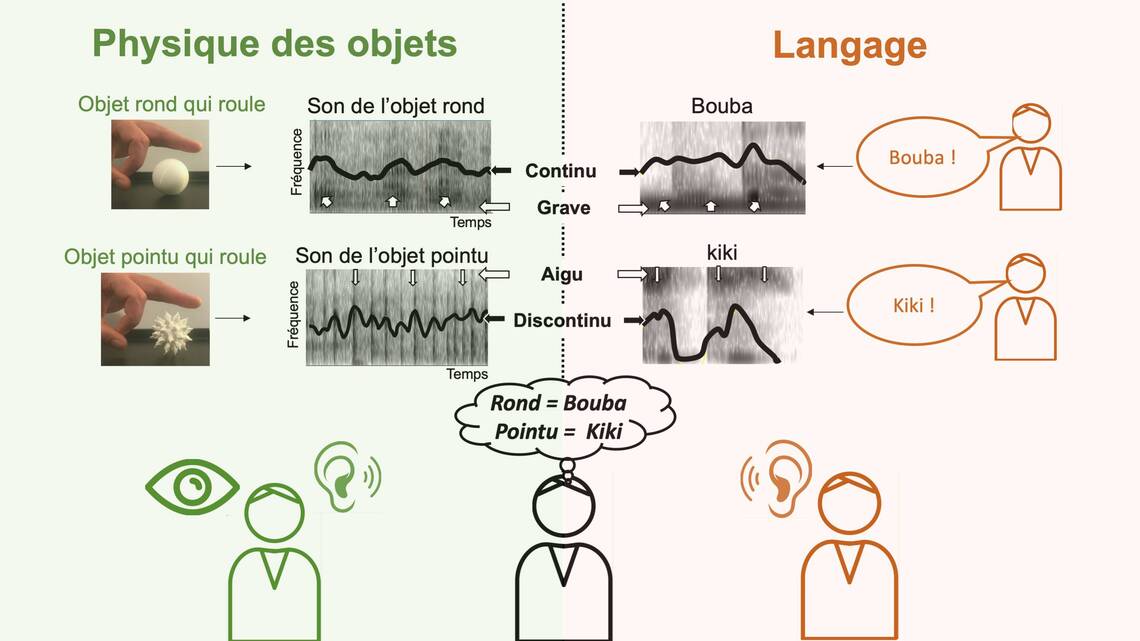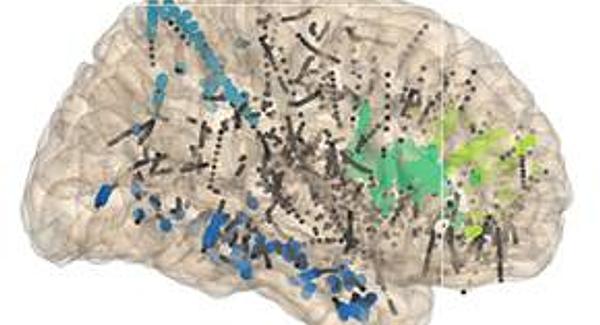Comment nous associons un son à une forme : « l’effet bouba-kiki »
Publié par Communication LPNC, le 8 février 2023 2.5k
Supposons que je vous montre deux objets, l’un rond et l’autre pointu.
Lequel, selon vous, s’appelle « bouba » et lequel « kiki » ? Votre réponse est généralement immédiate : le rond, c’est « bouba », et le pointu, c’est « kiki », bien sûr. Depuis sa découverte il y a un siècle, cet « effet bouba-kiki » pourrait paraître anecdotique. Bien au contraire, ce phénomène révèle en réalité plusieurs paradoxes intrigants, par rapport à ce que l’on sait du langage et de notre perception du monde.
Article publié dans The Conversation
The “bouba-kiki effect”, where “bouba” is perceived round and “kiki” spiky, remains a puzzling enigma. We solve it by combining mathematical findings largely unknown in the field, with computational models and novel experimental evidence. We reveal that this effect relies on two
acoustic cues: spectral balance and temporal continuity. We demonstrate that it is not speech-specific but rather rooted in physical properties of objects, creating audiovisual regularities in the environment. Round items are mathematically bound to produce, when hitting or rolling on a
surface, lower-frequency spectra and more continuous sounds than same-size spiky objects. Finally, we show that adults are sensitive to such regularities. Hence, intuitive physics impacts language perception and possibly language acquisition and evolution too.
Article original publié dans Nature / Scientific Reports : https://doi.org/10.1038/s41598...




